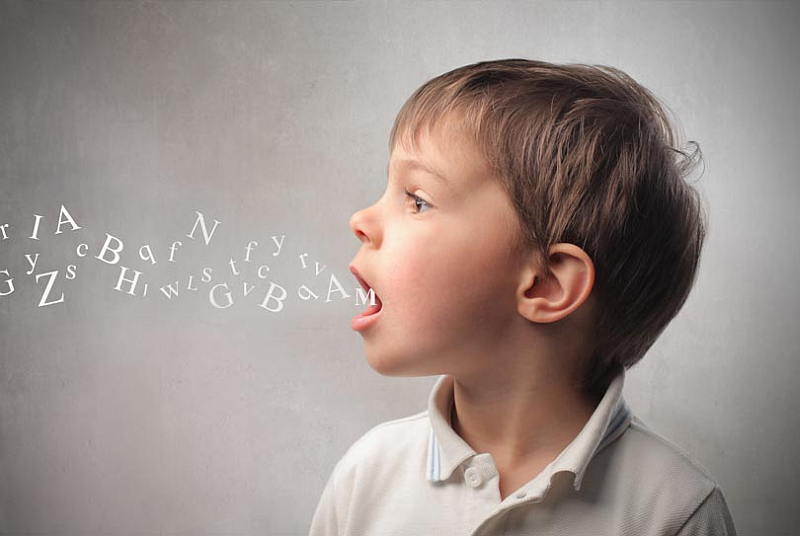
WHAT IS CHILDHOOD APRAXIA OF SPEECH:
ASHA defines Apraxia as, a motor speech disorder that makes it hard for children to speak. In order to speak, messages are sent from our brains to our mouths. The diagnosis of apraxia (or childhood apraxia of speech [CAS]) has nothing to do with cognition, but rather everything to do to (speech) muscle sequencing. With apraxia, even though a child may know what they want to say, their muscles for speech, don’t work typically.
CAS is not a problem that children outgrow. A child with CAS may not make progress without treatment. It takes work, but with interventions, children are capable of making great gains in motor programming and speech clarity relevant to CAS.
CAUSES OF CAS:
In most cases, the cause of CAS is unknown. It is possible that, in some isolated incidents, a child may have brain damage that causes CAS, either relative to a genetic disorder, syndrome or stroke.
SIGNS OF CAS:
In children younger than 3:
- Does not coo or babble as an infant
- Says only a few different sounds
- Has trouble putting sounds together
- Does not always say a word the same way
In children older than 3:
- Does not always say a word the same way
- Puts stress on the wrong syllable/word
- Has problems imitating speech/approximating sounds
- Exhibits signs of oral groping
- Exhibits difficulty with expressing longer words, than shorter words
- Is difficult to understand
TREATMENT FOR CHILDHOOD APRAXIA OF SPEECH:
A child with CAS should work with a Speech-Language Pathologist. Being seen individually, for one-on-one sessions is usually suggested. The frequency and duration of when a child with CAS should be seen depends on severity of the diagnosis. Goals and objectives for a child with CAS will be aimed at both oral-motor skills as well as targeting sounds, words, phrases and sentences for clarity.
- Oral motor goals are not working to increase strength in muscles, but rather to increase awareness to placement and movement for certain sounds and words. Practicing these movements will both increase awareness to placement and accuracy of sequence to achieve clarity while speaking.
- Speech sound goals are aimed at clarity of a sound, but also knowing where articulators (tongue, teeth, lips) are placed to increase accuracy of sounds. Visual cues, along with verbal cues and tactile stimulation may aid in acquisition of these skills during therapy.
- Depending on the severity of the child and their diagnosis, sign language and/or augmentative communication devices may be used to increase communication to the child.
While a child is going through treatment it is important to remain supportive. Practicing at home and with others is highly valued and suggested in order to increase progress and improve generalization. Ask your Speech Pathologist for a home program so that practice remains consistent (and fun) to optimize growth.